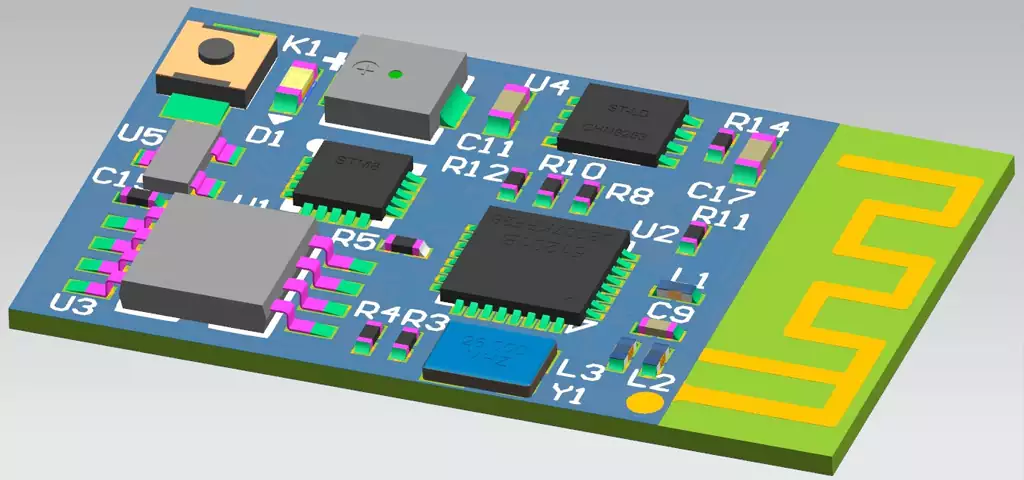Electronic solution development refers to the design, implementation and deployment of a suitable electronic solution according to customer requirements in the field of electronic technology. In the process of electronic scheme development, hardware design, software development, circuit design, test verification and other aspects need to be considered. This process needs to involve multiple disciplines, such as electronics, communications, control, etc., and also needs to understand market demand, competitors and other factors.
The development of electronic solutions is a complex process, which needs to consider hardware, software, circuit and other aspects. In the whole process, we need to work closely with customers to ensure that the final solution can meet their needs.

Electrical Solutions
A successful electronic product needs to go through a series of development processes.
1. Requirements analysis and definition
In the early stage of electronic product development, requirement analysis and definition are crucial. The goal of this stage is to clarify the needs and objectives of customers or stakeholders, understand the market demand and competition, and translate these needs and objectives into clear product requirements and specifications. Through in-depth market research and user research, determine the requirements of product function, performance, appearance design, cost, delivery time, etc.
2. Conceptual design and prototype development
After determining the product requirements in the requirements analysis and definition phase, the next step is conceptual design and prototype development. At this stage, designers and engineers will carry out conceptual design and prototype development of products from the perspective of creativity and technology. The appearance, function and user experience of the product are visually displayed and verified through the use of computer-aided design software and 3D printing technology.
3. Detailed design and engineering development
After the conceptual design and prototype development are completed and the positive results are obtained, the detailed design and engineering development can be started. The goal of this stage is to carry out detailed design and engineering development according to product requirements and specifications, including circuit design, software programming, electronic component procurement and system integration. Ensure the reliability, stability and performance of the product reach the expected goal.

Electrical Solutions
4. Manufacturing and test verification
After the detailed design and engineering development are completed, production, manufacturing and test verification can be carried out. At this stage, it is necessary to carry out production, manufacturing and assembly according to product design, and carry out various tests and verifications at the same time, including functional test, performance test, reliability test and environmental adaptability test. Ensure that the performance and quality of the product meet the requirements under actual use conditions.
5. Marketing and after-sales service
After the completion of production, manufacturing, testing and verification, the products can be put on the market for sale and after-sales service. Through appropriate channels and market promotion activities, the product will be introduced to the market and corresponding after-sales services will be provided. At the same time, collect user feedback and market feedback to improve and optimize the product.
The development of electronic products is a complex and long process, which requires the combination of technology and innovation. If you need to develop electronic products or electrical solutions, please contact iPCB. We will provide you with professional development processes and solutions, as well as comprehensive technical support and after-sales service.